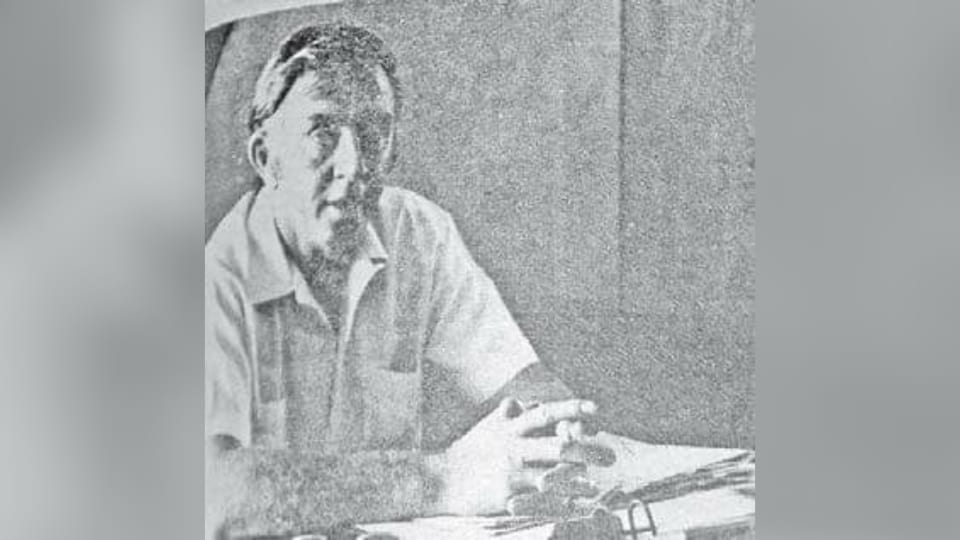The Fiji Pine Scheme was established with pine forest estates of 186,000 acres, with the hope that cattle grazing would also be introduced into the older plantations where the pines withstood cattle damage.
An article in The Fiji Times on Friday, June 11, 1976, said the scheme became a statutory corporation on July 1 that year and would be known as Fiji Pine Commission.
The then project manager, Ewen Gregor, said the total expenditure of the scheme’s development at the end of 1975 was around $5.38 million, of which $1.62 million was financed by a bilateral aid grant from the New Zealand government.
It’s headquarters was in Lautoka with main forest stations at Lololo, Nabou, and at Bua on Vanua Levu. Pine plantations at Nadarivatu and Nausori Highland were added to the scheme.
Mr Gregor said the total area of the plantation planted was 50,500 acres. The principal species was Pinus caribea varhondurensis from the Caribbean and Central America.
“This is a fast growing tropical softwood which does well on the grassland of the dry zones of the two main islands of Fiji,” he said.
He added the harvest of the final felling of the pines would be in 1981 and the product, wood-chips, was for the overseas market. The pulp market was also investigated.
“It is hoped that about 10 per cent of the produce will be in the form of saw-logs for the local market.”
The plantation rotation will be 12 years to 15 years in the first instance.
“The scheme receives very substantial aid from the New Zealand government which seconded eight forest service officers to the project apart from aid of finance, buildings, materials, equipment, mechanical plant supplies and services, training and technical service.”
The scheme also received aid from the government of Australia.
The Fiji Government had accepted a loan of 5 million pounds sterling at 5 per cent interest from the Commonwealth Development Corporation in London.
This money was to finance the current and future development of the scheme.
The workforce stood at 96, comprising of 11 professionals from overseas, 60 technicians, 22 clerks and three American forest graduate officers.
The scheme also employed a big labour force of more than 900 people during peak periods.
It began in 1972 as a separate unit from the Forestry Department under Mr Gregor as its project manager.
He would report direct to the Ministry of Agriculture, Fisheries and Forests. And Mr Gregor was appointed to be overall in charge of the operation of the scheme.
He was born in Scotland and graduated with a Bachelor in Science degree at Aberdeen University and he acquired additional qualifications at Oxford University.
He worked briefly for the British Forestry Commission before joining the Overseas Service, working on forestry projects in Africa.
He came to Fiji in 1960 and was a member of the Forestry Department until the Pine Scheme became a separate department in 1972.
In 1976 he was an officer of the New Zealand Forest Service and was on secondment to Fiji under the NZ aid program.



